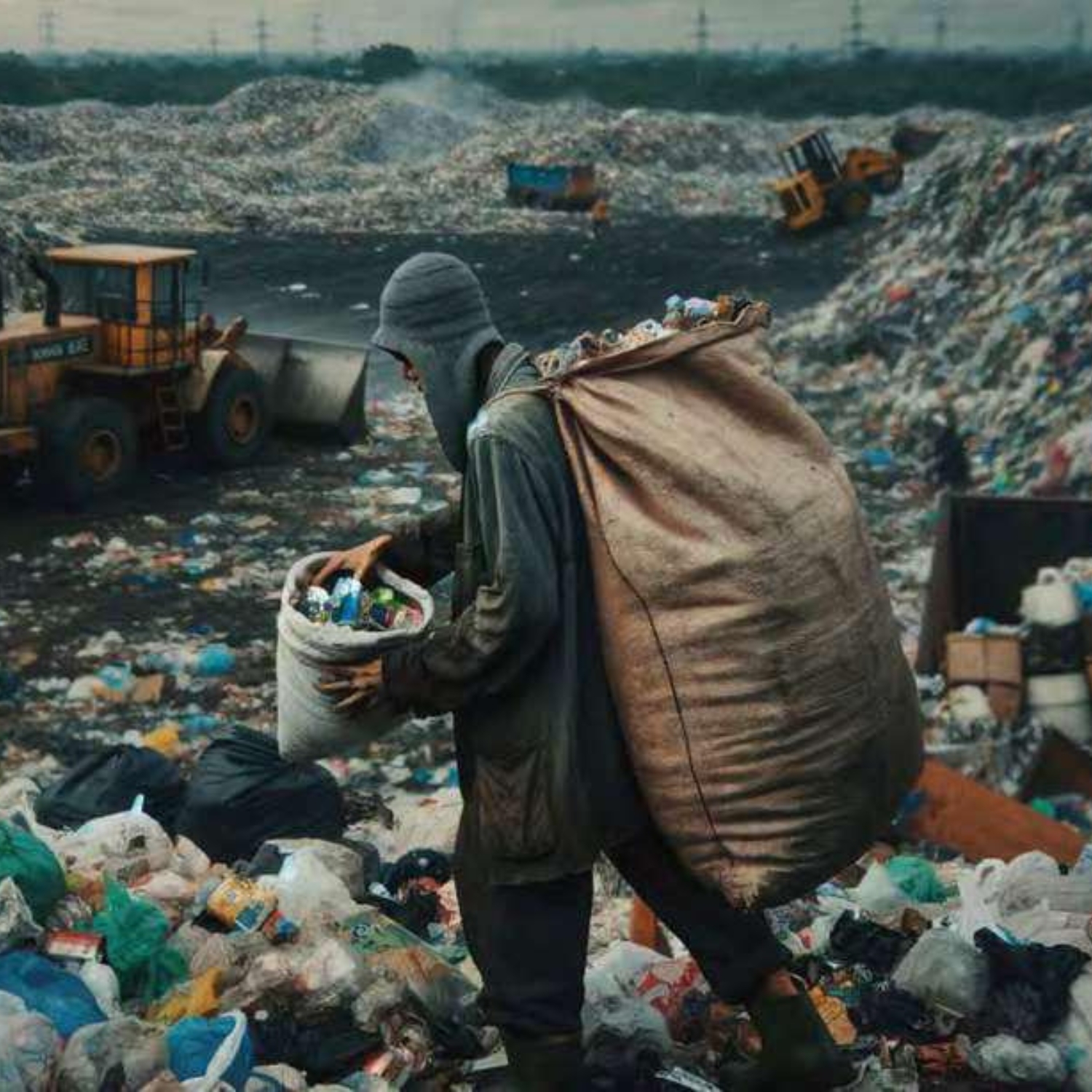La inteligencia artificial en el ciclo de vida del producto Una economía circular
Contenido principal del artículo
Resumen
La inteligencia artificial (IA) tiene un rol significativo en la gestión integral del ciclo de vida de los productos, permitiendo la promoción y la optimización de procesos sostenibles. Este artículo ofrece una perspectiva del ciclo de vida, mostrando sus diversas etapas y asociándose a los recursos de la ia. Además, se plantean desafíos y oportunidades destinados a establecer estrategias con el fin de intervenir en el diseño de productos alineados a los principios de la economía circular.
Detalles del artículo
Citas en Dimensions Service
Citas
REFERENCIAS
Akinode, J. L., y S. A. Oloruntoba
«Artificial Intelligence in the Transition to Circular Economy»,American Journal of Engineering Research, núm. 9, pp. 185-190.
Bocken, Nancy M. P., Ingrid de Pauw, Conny Bakker y Bram van der Grinten 2016 «Product Design and Business Model Strategies for a Circular Economy», Journal of Industrial and Production Engineering, vol. 33, núm.5, pp. 308-320 <https://doi.org/10.1080/21681015.2016.1172124>.
Bogue, Robert
«Design for Disassembly: a Critical Twenty-first Century Discipline», Gordon Lowe (ed.), Assembly Automation, vol. 27, núm. 4, pp. 285-289, <https://doi.org/10.1108/01445150710827069>.
Chiu, Ming-Chuan y Chih-Hsing Chu
«Review of sustainable product design from life cycle perspectives», International Journal of Precision Engineering and Manufacturing, núm. 13, pp. 1259-1272, <https://doi.org/10.1007/s12541-012-0169-1>.
Ellen MacArthur Foundation
«Artificial Iintelligence and the Circular Economy: AI as a Tool to Accelerate the Transition», Ellen MacArthur Foundation,
<https://www.ellenmacarthurfoundation.org/artificial-intelligence-and-thecircular-economy>.
Ghoreishi, Malahat, y Ari Happonen
a «New Promises AI Brings into Circular Economy Accelerated Product Design: a Review on Supporting Literature», E. Baltrėnaitė-
Gedienė y C. Iticescu (eds.), E3S Web of Conferences, vol. 158, <https://doi.org/10.1051/e3sconf/202015806002>.
b «Key Enablers for Deploying Artificial Intelligence for Circular Economy Embracing Sustainable Product Design: Three Case Studies»,
Selangor (Darul Ehsan), Malasia, <https://doi.org/10.1063/5.0001339>.
Jan, Zohaib, Farhad Ahamed, Wolfgang Mayer, Niki Patel, Georg Grossmann, Markus Stumptner y Ana Kuusk
«Artificial Intelligence for Industry 4.0: Systematic Review of Applications, Challenges, and Opportunities», Expert Systems with Applications, núm. 216, abril, <https://doi.org/10.1016/j.eswa.2022.119456>.
King, Paul H., Richard C. Fries y Arthur T. Johnson
Design of Biomedical Devices and Systems, 4a ed., CRC Press.
Mestre, Ana, y Tim Cooper
«Circular Product Design. A Multiple Loops Life Cycle Design Approach for the Circular Economy», The Design Journal, núm. 20,
<https://doi.org/10.1080/14606925.2017.1352686>.
Nadimpalli, Meenakshi
«Artificial Intelligence Risks and Benefits», International Journal of Innovative Research in Science, Engineering and Technology, vol. 6, núm. 6.
Pearce, David, y Kerry Turner
Economics of Natural Resources and the Environment, Baltimore, Johns Hopkins University Press.
Reyes, Mauricio, Andrés Fonseca y Ricardo Cruz
«Consideraciones en el diseño de robots para la atención médica en el mundo post COVID-19», Cultura Científica y Tecnológica, vol. 19, núm. 1, <https://doi.org/10.20983/culcyt.2022.1.3.3>.
Roberts, Huw, et al.
«Artificial Intelligence in Support of the Circular Economy: Ethical Considerations and a Path Forward», AI & Society.
Russell, Stuart J., y Peter Norvig
Inteligencia artificial: un enfoque moderno, 2a ed., Madrid, Pearson Educación.
Sattele, Vanessa, Mauricio Reyes y Andrés Fonseca
«La inteligencia artificial generativa en el proceso creativo y en el desarrollo de conceptos de diseño», UMÁTICA. Revista sobre Creación yAnálisis de la Imagen, núm. 6, diciembre, <https://doi.org/10.24310/umatica.2023.v5i6.17153>.
Sumter, Deborah, Conny Bakker y Ruud Balkenende
«The Role of Product Design in Creating Circular Business Models: a Case Study on the Lease and Refurbishment of Baby Strollers»,
Sustainability, vol. 10, núm. 7, <https://doi.org/10.3390/su10072415>.
Verganti, Roberto, Luca Vendraminelli y Marco Iansiti
«Innovation and Design in the Age of Artificial Intelligence», Journal of Product Innovation Management, vol. 37, núm. 3,
pp. 212-227, <https://doi.org/10.1111/jpim.12523>.
Wilson, Matthew, Jeannette Paschen y Leyland Pitt
«The Circular Economy Meets Artificial Intelligence (ai): Understanding the Opportunities of ai for Reverse Logistics», Management
of Environmental Quality: an International Journal, vol. 33, núm. 1, pp. 9-25, <https://doi.org/10.1108/MEQ-10-2020-0222>.

Bitácora arquitectura by Universidad Nacional Autónoma de México is licensed under a Creative Commons Reconocimiento-NoComercial-SinObraDerivada 4.0 Internacional License.
Creado a partir de la obra en http://arquitectura.unam.mx/bitacora.html.

